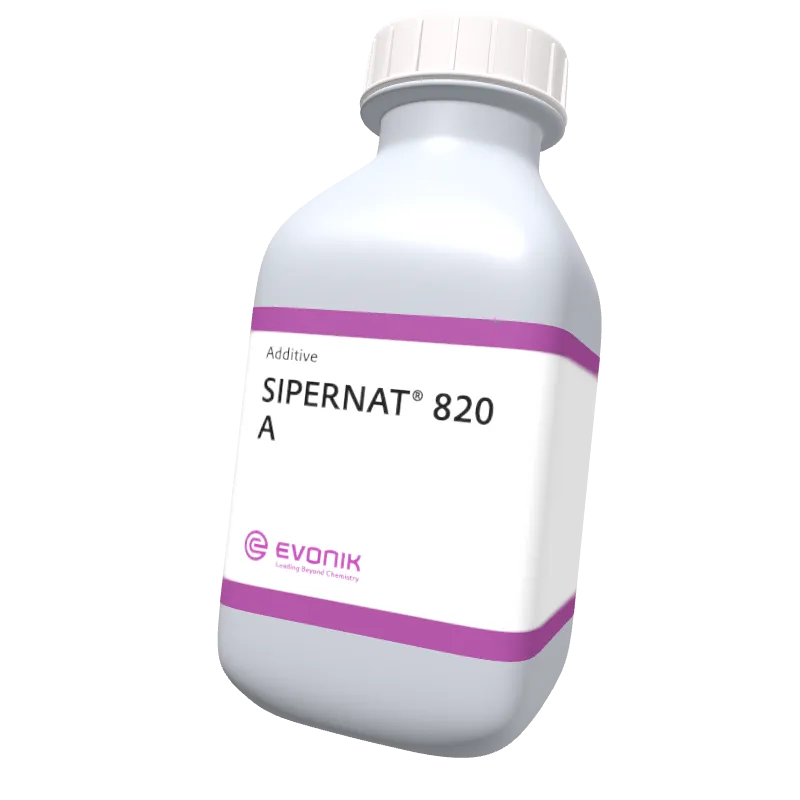Coatino Campus
Meeting decorative coating regulations with digitalisation
Offering vital insights into chemical compliance within the decorative coatings market, this webinar will focus on the growing demand for greener and more sustainable products. It will explore regulatory trends and innovative digital solutions that address the increasing communication needs across the value chain.






